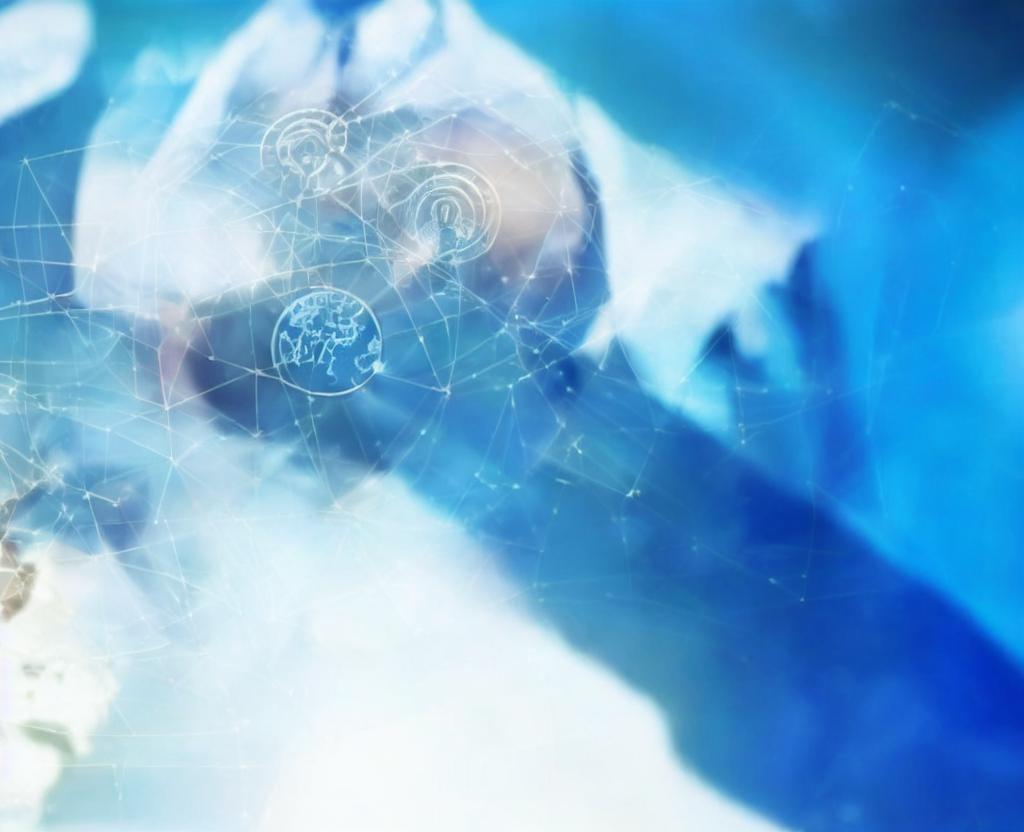
World Stroke Day
On October 29th, World Stroke Day aims to highlight stroke's seriousness and high incidences of stroke. The day is also observed to raise concerns about stroke prevention and treatment.
#worldstrokeday
According to recent reports, one out of every six people was predicted to have a stroke during their lifetime. Every year, fifteen million people around the world die of strokes each year. It's also the most common cause of disability. A stroke can cause paralysis, sensory disturbances, aphasia, and emotional disruptions.
As a result of a stroke, over 6 million people died. Stroke is the second leading cause of death in the world. Also, new estimates show that the number of people expected to have a stroke has increased. One out of every four people is likely to have a stroke.
Early warning signs
Knowing the early warning signs of stroke saves lives.. A stroke is not unusually early in life, and it usually occurs suddenly. These conditions are also present: These signs include:
- Numbness or weakness, especially on one side of the body, is particularly noticeable on one side of the body
- Confusion or trouble speaking out is the subject of confusion or inability. Talking to a consultant can be daunting
- Trouble seeing
- Walking with Dizziness or difficulty walking is a challenge
- Severe headache
Act F.A.S.T. If you or a loved one is experiencing any of these signs, it's vital to act F.A.S.T.
F = Facial Weakness
A = Arm Weakness
Speech difficulties S = Speech difficulties. S = Speech difficulties.
Time loss is the result of brain loss, according to T = Time loss. When these signs are present, call 911. Don't wait!
Early warning signs of a stroke may be gone within a few minutes. However, the signs may also point to a transient ischemic attack (TIA). Even if the symptoms resolve, it's still important to get medical attention right away.
Knowing the signs of a stroke is extremely important. In addition, it's also critical to know that strokes can be prevented. In fact, up to 90% of all strokes can be avoided by addressing such risk factors. Hypertension, diet, smoking, and exercise are all risk factors that contribute to hypertension, diet, smoking, and exercise. The World Stroke Association aims to reduce the number of strokes in half by 2030 by a focus on prevention.
How to recognize world stroke day by observing world stroke day
Here are some tips for surviving this day. Here are some tips for surviving this day.
- Know your risk of having a stroke
- At a local medical facility, attend an informational meeting on strokes.
- Start smoking, changing your diet, and lowering hypertension can all help prevent a stroke by quitting smoking, changing your diet, and reducing hypertension are all ways to prevent a stroke
- Learn the early signs of stroke and how you should respond. Learn the early signs of stroke and how to respond
- If you have had a stroke, please share your survivor tale with others
For more information and hashtag #WorldStrokeDay to post on social media, visit www.strokeassociation.org for more information and hashtag #WorldStrokeDay to post on social media.
History of the world stroke day has dominated world stroke day.
The European Stroke Initiative had the intention to establish a global awareness day for the strokes in the 1990s. Due to financial constraints, the awareness day was restricted to Europe only. On May 10th, the country marks its awareness day. A World Stroke Day was established in 2004 at the World Stroke Congress in Vancouver.
In 2006, Canadian clinical neuroscientist Dr. Vladimir Hachinkski helped to introduce a World Stroke Proclamation. During that time, the International Stroke Society joined with the World Stroke Federation. World Stroke Organization (WSO) emerged as a result of the merger (WSO). On October 29th, 2006, the first official World Stroke Day was held under the WSO's leadership.






